I’ll be the first to admit, I’m a sucker for professional 35mm cameras, and there are two that I’ve always wanted, the Nikon F5 and the Minolta Maxxum 9. While I loved working with the Maxxum 7, the 9 still drew me in just that little bit more. And while the 7 and 9 share many similar features and design cues, the Maxxum 7 to the Maxxum 9 is what the Nikon F100 is to the Nikon F5. All solid cameras, just the 9 and F5, are aimed more at the professional than the advanced amateur. I was sold on the 9 as soon as I picked it up in my hand; everything just felt right. Not to mention the familiar dial design that I got with the F4 but the power I get with the F5.
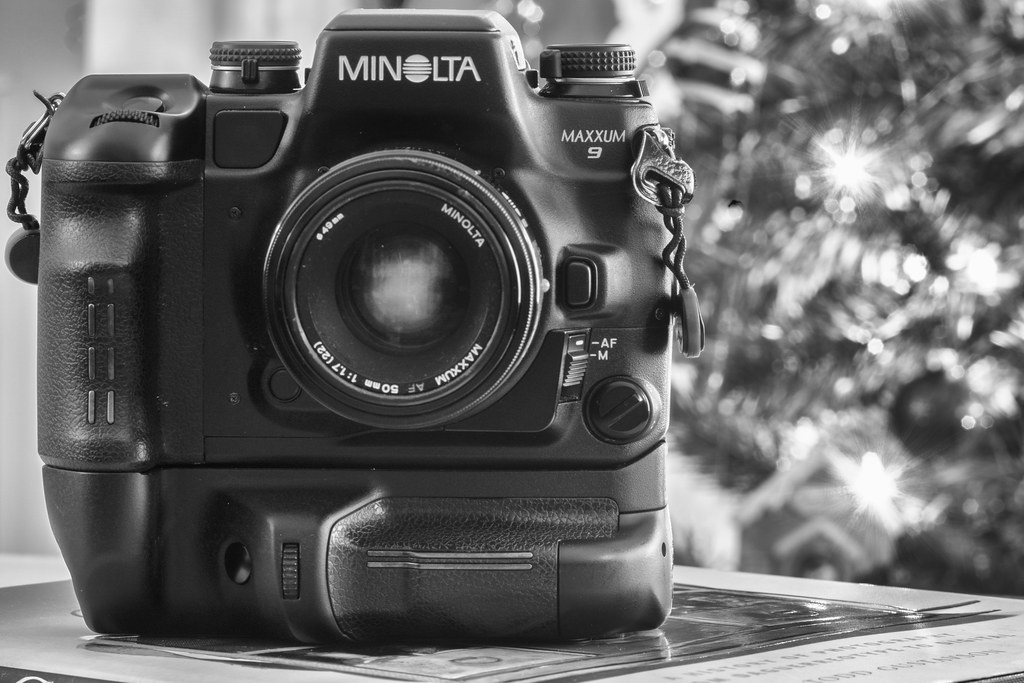
Camera Specifications
Make: Minolta
Model: Maxxum 9, Alternativly Dynax 9 (Europe), α-9 (Japan)
Type: Single Lens Reflex
Format: 135 (35mm), 36x24mm
Lens: Interchangable, Minolta (Sony) A-Mount
Shutter: Electronically-Control, Vertical-Travel Carbon Fibre Focal Plane, 30″ – 1/12000″ + Bulb
Meter: 14-Segment TTL Metering, EV0 ~ EV20 @ ASA-100, ASA-6 – ASA-6400
Autofocus: CCD Based TTL Phase Detection Meter, Multiple Cross-Type Sensors
Year of Manufacture: 1998-2006

Background
In 1985 Minolta surprised the world much like Sputnik kickstarted the space race; the release of the α-7000 sparked the autofocus race. And while you may associate the α branding with Sony, this was the original Minolta branding for their autofocus lineup, which included three levels of cameras an entry, advanced, and professional model (which we’ll get to in a moment). It also includes a new lens mount, the α-mount or a-mount and a set of seventeen spectacular lenses. Some of which included designs based on Leica optical formulas. In Europe, these cameras carried the Dynax branding and in North America, Maxxum. The original logo design for Maxxum carried the crossed “X”, which resulted in Minolta being sued by Exxon, and resulted in Minolta changing for a more conventional design. While the Maxxum 7000 was aimed at the advanced market and the Maxxum 5000 at the entry-level, the Maxxum 9000 (α9000 or Dynax 9000) was aimed at the professional market. Minolta had a strange relationship with the professional market, having already in the 1970s to break into that market, which resulted in their teaming up with Leica, which resulted in the excellent X-Series of cameras. But back to the Maxxum 9000, the one thing that set these new Maxxum cameras apart is that they went with buttons, LCDs, and menus to drive camera function; this is clearly shown on the 7000 and 5000. But the 9000 used a hybrid system with main functions using physical controls and secondaries with buttons and menus. It is also unique because they retained a manual film advance with optional power winders and motor drives available as accessories. Then when Minolta released their second generation autofocus system or the , I series (Maxxum 7000 I ), there was no professional offering. Rather an upper-tier advanced camera, the α-8000i. What set these cameras apart is that you could use a proprietary solid-state memory card to program the cameras. When Canon released their EOS system in 1987, Minolta responded with their own third-generation system, the xi models. And there was a return to a professional camera, the Maxxum 9xi. Gone were the hard edges of the original Maxxum 9000, but also gone were the physical controls. Buttons, menus, and screens replaced them. But the camera did offer up a blistering fast 1/12000″ top shutter speed. Another interesting part of the xi camera is the use of fuzzy logic in their CPUs, and with a proper xi zoom lens, the camera would guess your composition and not only focus the lens but also zoom it into the ideal focal length. For their fourth-generation offerings, or the si cameras that started to show up in the early to mid-1990s, Minolta again dropped a professional model. But there are a couple of notable entries into the line. The first was the 800si, which took over that upper-tier advanced spot and, more importantly, the lower-tier advanced spot, the 600si Classic. The 600si returned that hybrid control model, the return of knobs and dials for main functions and menus and buttons for secondary. The si series also introduced the HSS flash system. This is Minolta’s wireless flash control system that used either an onboard flash or mounted speed light to act as master and through line-of-sight IR or optical slaves trigger additional off-camera Minolta flashes. Sony still uses this today, and it heavily inspired Nikon’s Creative Lighting System (CLS). In 1998 Minolta presented their newest professional camera at that year’s Photokina event, the α-9 or Maxxum 9. The 9 used a stainless steel and magnesium frame, fully weather-sealed right down to having built-in covers for their accessory ports, taking an aggressive yet ergonomic approach. Rather than using the standard titanium shutter, they opted for a carbon fibre unit and kept that blistering 1/12000″ top shutter speed. And returned the controls to a hybrid design with physical controls for primary functions. The camera also featured the eye-start and HSS flash system (even has a built-in pop-up flash). A special edition, 9Ti, opted for a titanium body. Minolta would upgrade the Maxxum 9 to support lenses with built-in autofocus motors with the introduction of Minolta’s line of SSM lenses. While Minolta never did produce a digital version of the Maxxum 9 as they did with the Maxxum 7 (7D) and Maxxum 5 (5D), the design linage of the Maxxum 9 lives on in the Sony α900, α99, and recently released α99II.
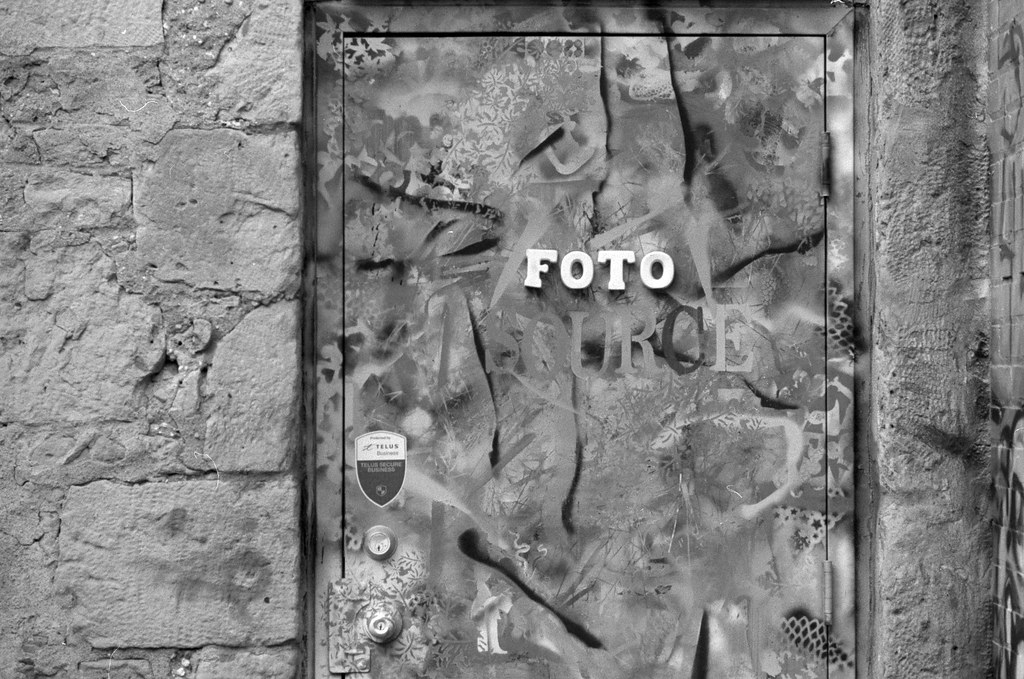
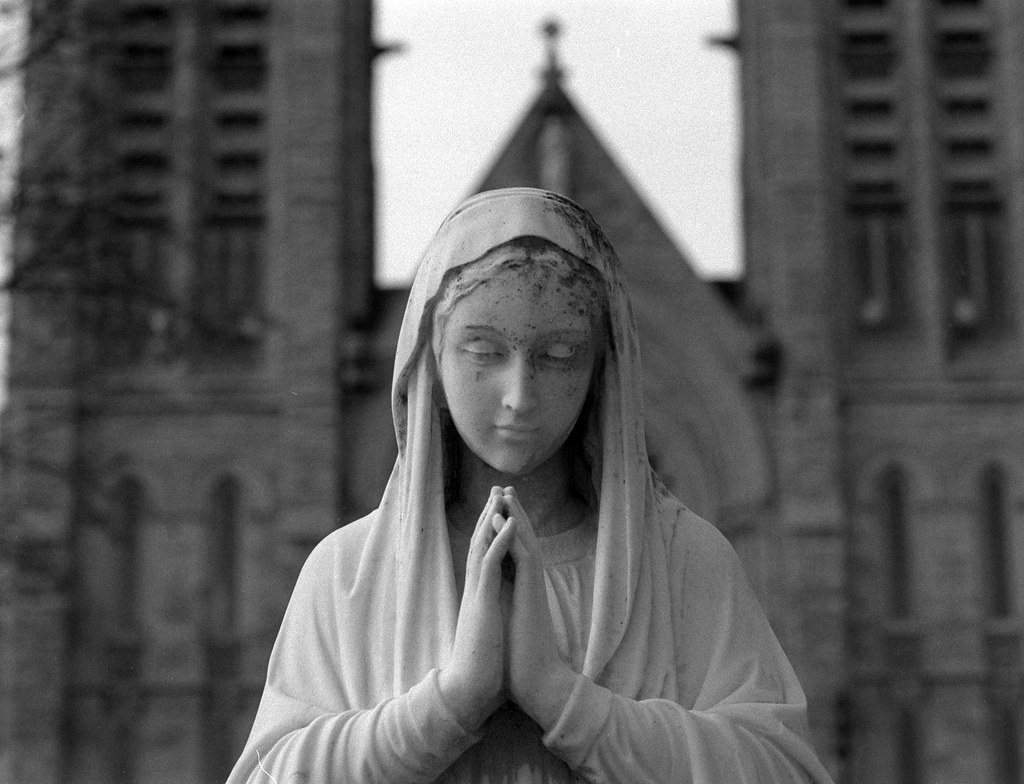


Impressions
The first thing you notice about the Maxxum 9 is the weight; this is not a lightweight camera. But don’t let the heft get you hung up. That’s the all-metal construction and weatherproofing. Trust me; this camera can take anything you can throw at it and keep on ticking. The first time I had it in the field, it was pouring rain, and it never skipped a beat. Despite being a contemporary Nikon F5, the camera takes its design cues from the Nikon F4 with a squat low-profile prism rather than one that stands fairly high from the top panel. And the handgrips on the camera are perfectly moulded; even without the optional grip, I can easily hold just the body, though the grip does add a beautiful vertical release with the button angled just as on the body and about 3/4 up from the bottom, allowing for the same easy balance in both landscape and portrait orientation. And speaking of balance, the added weight helps with the overall balance of the camera with any lens, primes or the 35-70 or the 70-210 “beercan” everything is dead on. But let us get into the controls; again, like the design, the Maxxum 9 is all Nikon F4 with the major controls all in dial form with only a few settings being done through menus and buttons. Camera modes (P, A, S, M), Drive Mode, EV Compensation all easily accessed on the top panel and well laid out. The on/off switch is a nice feature, although the off is relabeled as “Lock” additionally, you can use smaller switches for the Eye-Start, which again you can turn off (thank goodness). There’s even a dial control of the focus mode and auto/manual focus toggle. There’s also an on/off switch on the vertical grip. The shutter buttons are a bit sensitive on the half-push, but in general, they are pleasing and don’t take much pressure to trigger, and both the trip and the body have two command dials for adjusting the settings. Although the best control is the battery select control, now this is on the vertical grip, which allows you to set which battery power to use, either the one in the camera or the ones in the grip. But I’ll get back to the batteries later.
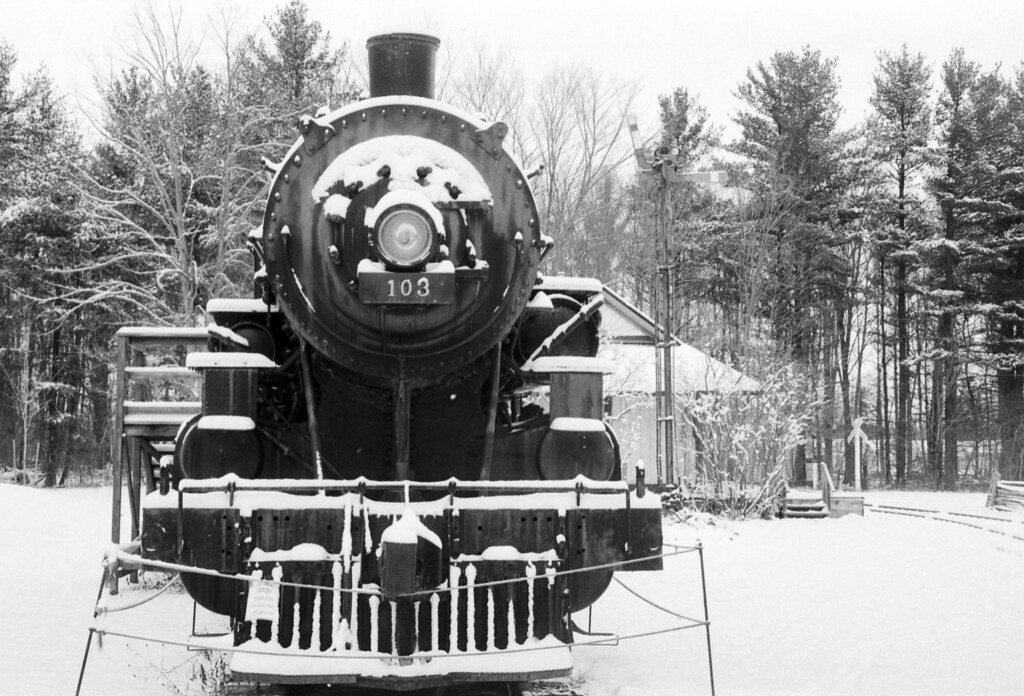
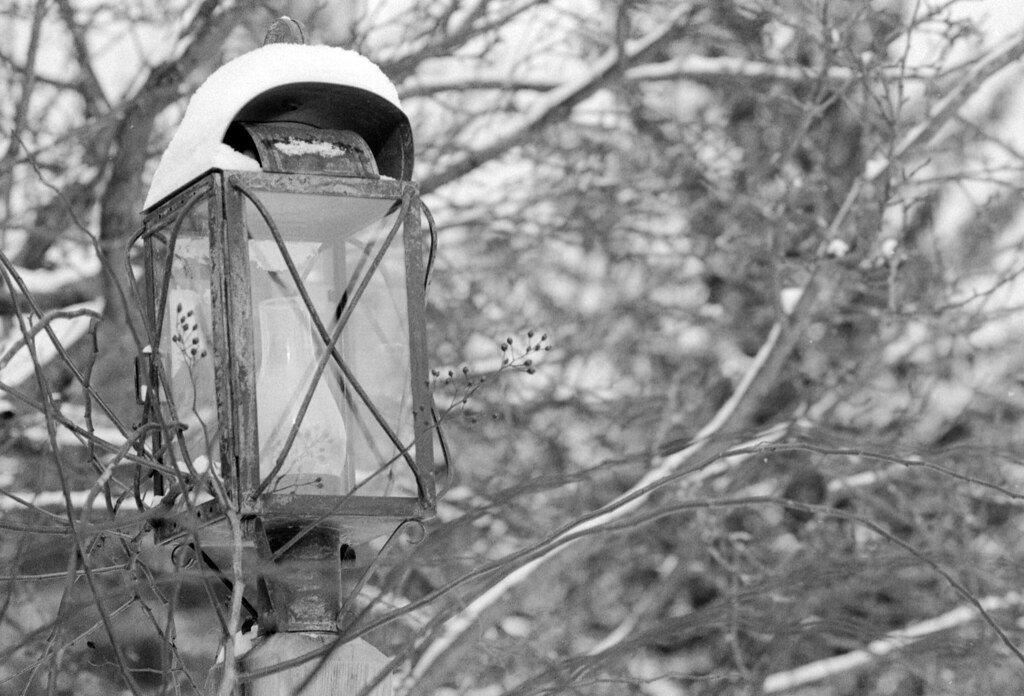
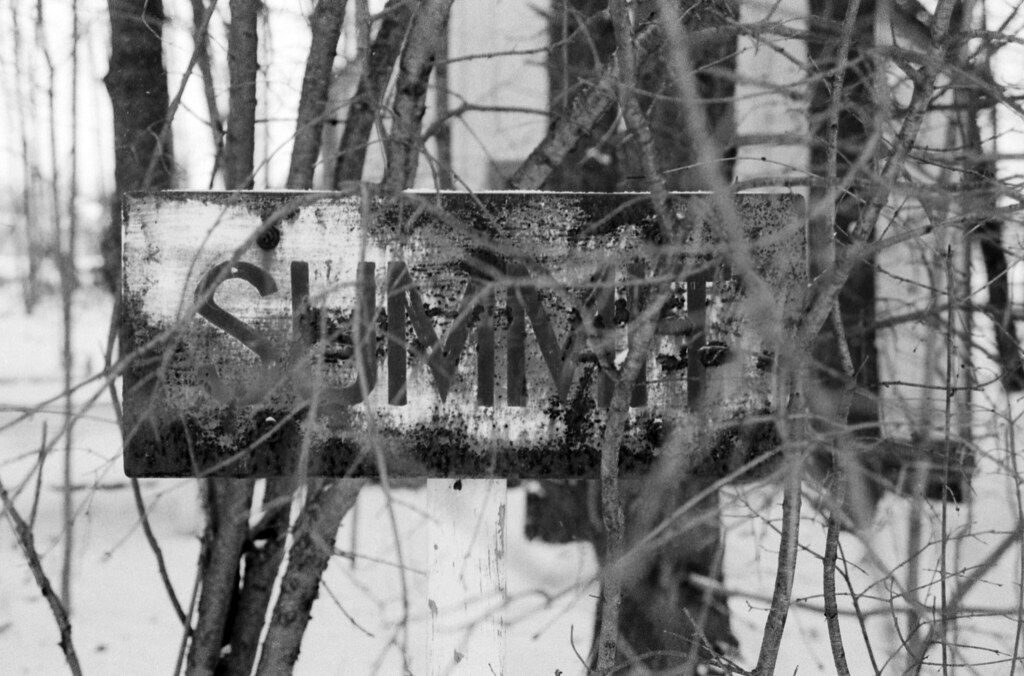

Experiences
The Maxxum 9 is a joy to use; it just is. The viewfinder is big and has a bright 100% coverage with a clear and easy to read display. And while I mentioned it being heavy even with a stock factory strap, it did not weigh too much on my neck after a few hours in the field, and that’s dual-wielding a Nikon F5 along with the Maxxum 9. Everything on the camera fits and sings right down to the sound of the shutter release and drive advance. The controls are well laid out. Despite having never used the Maxxum 600si on which they’re based, the camera controls were instantly familiar, probably because of my familiarity with the Nikon F4. And then the meter is dead-on accurate in any mode, and there are three, the matrix, centre-weight, and spot each one is perfect, and it will pull out a proper exposure in any condition. Even using older lenses, the autofocus is a little bit sluggish but a whole lot faster than my 7000 (RIP). Now the one thing I do have a bit of a beef with is the menu button controls. I had a bit of trouble getting the ISO manually set, holding down the ISO button, and keeping the spring-loaded door open; it took a couple of tries to nail the film EI. I’m not looking forward to adjusting some customer settings, such as turning off automatic rewind and having the camera leave the tail out from the film canister. The latter is a feature I wish they had on the F5.




Optics
The Minolta (Sony) A-Mount is both a blessing and a curse. It’s a blessing because you can get a lot of rather nice glass for the camera in both prime and zoom lenses. And if you look in the right places, the lenses won’t cost you an arm and a leg. The 35-70 f/4 and 70-210 f/4 are amazing zoom lenses that won’t break the bank. Even the prime lenses are on the inexpensive side, with a 50 f/1.7 running you under 100$ at the right place. And these lenses are right on par with the old manual focus Rokkor glass I enjoy with my XE-7 and XG-M bodies. You do have to watch out, the stock 9 does not support the modern SSM glass, but some 9’s have been upgraded with a new board to allow SSW support. The easiest way to check is under the Custom menus navigate to option 20; if you have four settings for this option, you have an updated camera. Sadly mine does not have such an upgrade, and it is hard to get your Maxxum 9’s updated these days. If you have a lot of SSM glass, then a Maxxum 7 might be a better option. The curse is that the modern Sony DSLRs use the same mount, so all your Minolta AF glass will work on the Sony DSLRs. That said, while some lenses are harder to find on the used market, there are still plenty of inexpensive options available.
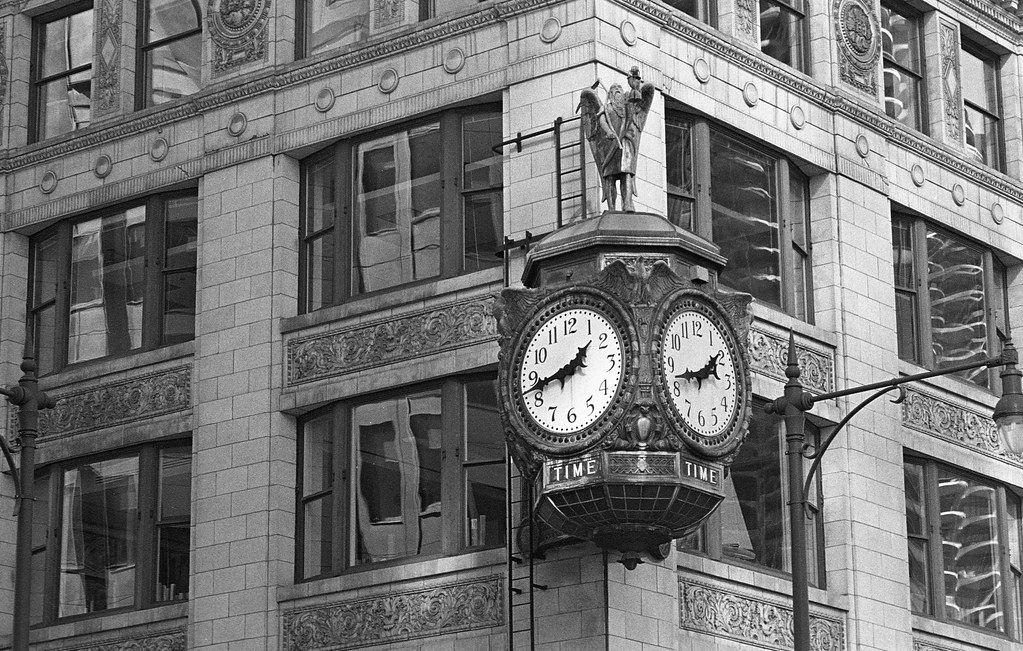



Lowdown
When it comes to 35mm SLRs, the Maxxum 9 has it all; it honestly does. There are enough modern options to stand up to the F5 but enough manual options to make it a joy to operate and simple! And now probably the best feature of the camera is the power, you have three options. If you’re running with just the camera body, you are limited to a CR123 battery, which isn’t too expensive. But if you get the battery grip, you have the option of using AA, CR2 or CR123, and there’s a switch to tell where to pull the power from the body, or the grip, with separate settings for CR2 or CR123a/AA. And if you’re running AA, it only takes four. Now the Maxxum 9 is not the cheapest camera on the used market, with eBay prices running from 300-500, which is on par with the Nikon F5. However, the updated variant, the Maxxum 9Ti, will run you a bit more than 500+ if you can find one. Overall I’m rather pleased with the addition of the Maxxum 9 to my tool kit, and it certainly will be coming along on many more trips.
Further Reading
Don’t just take my word on the Maxxum 9 check out the reviews by other awesome camera reviewers!
Hank Jammes – Minolta Dynax 9
Shutterbug – Minolta Maxxum 9 First Look
Photographic Central Minolta Maxxum 9
Fun Tech Talk – The Fastest SLR Ever Made – Minolta Maxxum 9
Panterhei.Photography – Minolta Maxxum 9 Review
Studio C-41 – The Minolta Maxxum 9 – The Perfect 35mm Professional SLR?
1 Comment